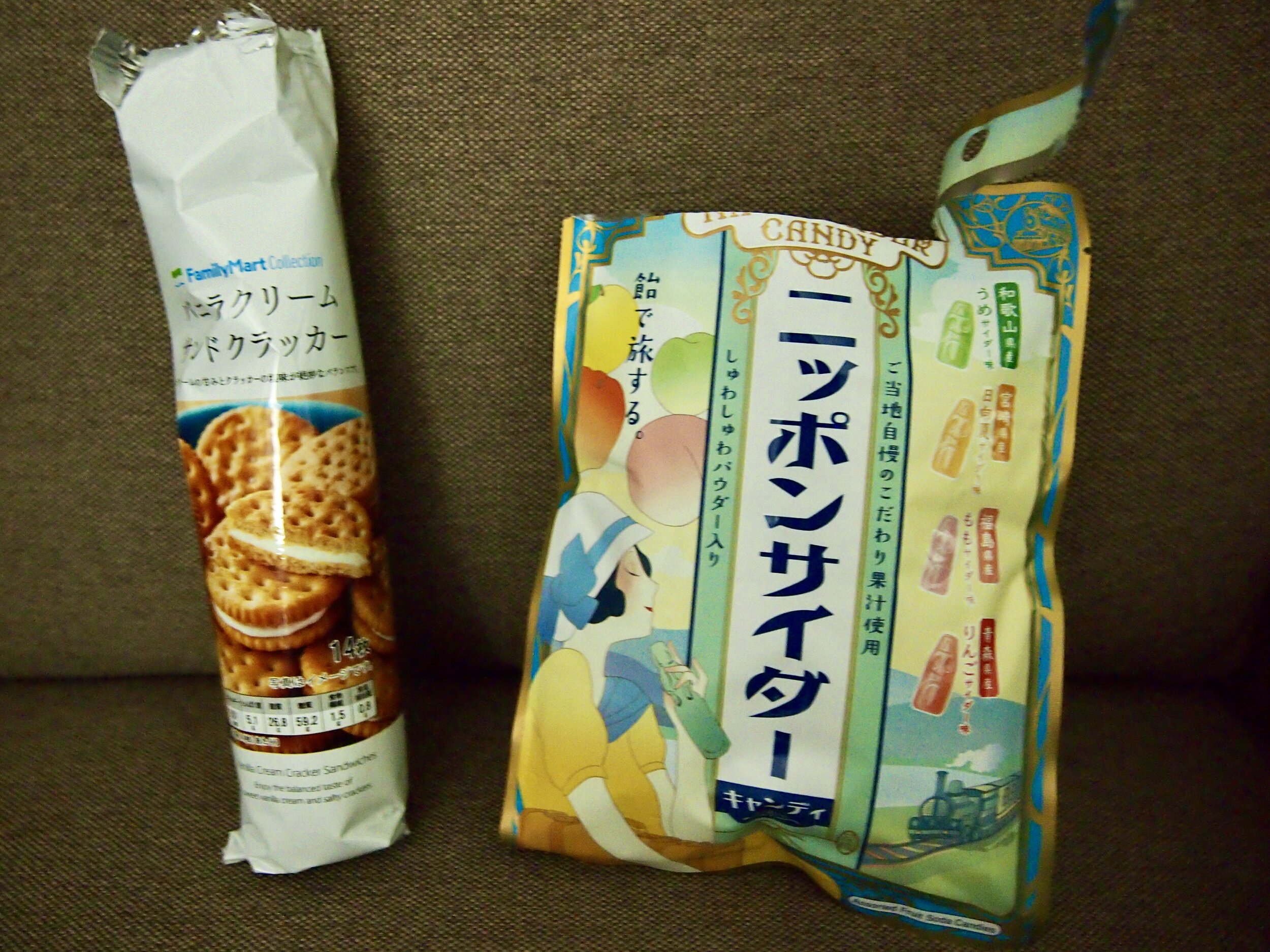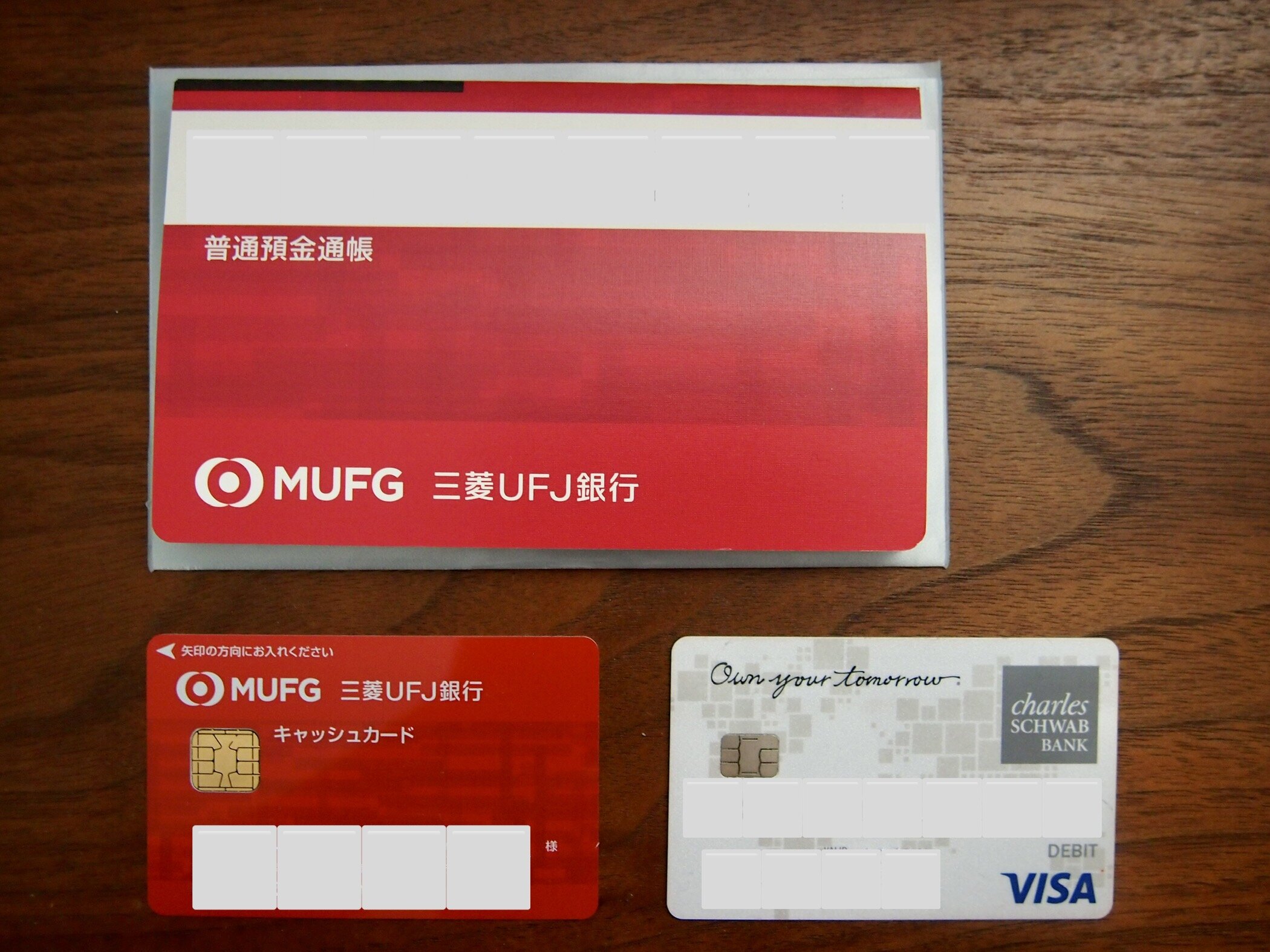Money in Japan, Part II: Paper Money
This post contains affiliate links. For more information, please read our affiliate disclosure.
How much cash should you carry in Japan?
As we discussed in part one of our guide to Japanese money, Japan is still, in many places, largely a cash-based society. You can use a credit card at the grocery store or konbini, but many small shops and vendors still require cash, and there’s no Uber, so you’ll need to pay for trains and cabs using cash. As a result, you’ll have to carry quite a bit of money with you. I would recommend having a few hundred dollars’ worth, or around 30,000 yen, at all times just in case.
Notes in Japan are a little bit bigger than they are in America, so I find they stick out of my American wallet when employed in the traditional fashion. Instead, I sort of drape them over like this and peel off the notes when necessary.
It’s not a big deal to carry around a lot of cash in Japan (or to have money sticking out of your wallet for all to see) because there is very little crime. You won’t have to worry about pickpockets like you do in Europe or muggers in the US. Feel free to bust out a wallet full of cash and then walk down a dark alley, and if you do get robbed, just know it was a rare occurrence and it probably means the universe hates you.
Denominations of currency in Japan
So if you’re carrying several hundred in cash around, what will it look like? Here are your standard Japanese notes:
As with coins, I generally think of 1 yen as 1 cent, or 100 yen as a dollar, which isn’t accurate but makes life easier. That means the denominations are $100 (10,000 yen), $50 (5,000 yen) and $10 (1,000 yen). To do the math in your head, just add a period two zeroes to the left and you’ve got the dollar amount (sort of not really though $1 is $1.58 in 2024).
You’ll also occasionally see a 2,000-yen note, but they are quite rare. Usually, your wallet will be filled with 10,000 and 1,000-yen notes. Most Americans wouldn’t put a $10 bill into a vending machine, and most Americans don’t carry around $100 bills, but that’s one of the things about Japan you’ll have to get used to.
Japanese vending and ticket machines
In America, large bills can be a bit of a hassle. If you have a $50 or $100 bill, a lot of places won’t take it, and forget about putting anything above $5 in a machine, because you’re likely to get either no change at all or a bunch of dollar coins that no one wants.
In Japan, this isn’t the case. Train ticket machines can easily handle a 10,000-yen note, and they’ll give you change in bills as well as coins. Any store will have enough cash to grant change from a 10,000-yen note, even if you’re buying something that’s only a few bucks. And you don’t need to worry about having coins for the bus, either - you can break a bill on the bus and then use the coins you receive to pay for your ticket. (note: when you get change on the bus, you’re ONLY GETTING CHANGE. You still have to pay for the ticket once you’ve done so.)
Here’s a pro tip: when talking about money in Japan, use the word “note” instead of “bill.” And in a restaurant, say “check.” When I first lived in Japan, I once went out for lunch, and when I was done, I asked for the “bill.” They brought me a beer, because that’s what they thought I said.
That’s it for Japanese notes - pretty simple, right? But how do you get this Japanese money? Should you bring a bunch of American cash and exchange it at the airport? What about traveler’s cheques? Can you use the ATM in Japan? Stay tuned for the next installment of our series on Japanese money to learn the ins and outs of obtaining cash while in Japan.
Update for 2024: We now live in Tokyo, and have learned that in Tokyo, far more stores take credit cards than in the more rural parts of Japan. Most stores now employ touchless technology, so you don’t have to worry about whether they’ve pressed the right button to okay your weird foreign credit card.
That said, there are still places where money is necessary. Vending machines and train ticket kiosks are still largely cash-only, as are a lot of souvenir stands and small family-run shops. There are some cabs that take card or can be paid through a smartphone app, but it’s smart to carry some cash just in case you need a cab right now because your flight is about to leave and you don’t have time to download an app.
Another interesting wrinkle is doctor’s offices. Some doctor’s offices do not take credit cards for copays, so you absolutely have to have cash with you. I don’t know why doctors are so often like this - you’d think they’d want to avoid dealing with dirty money and its germs - but it’s the case in Tokyo. Thus, we still carry some money with us at all times, though not the $300 I recommended above for tourists, for that’s far more than the average person needs on an average day.
If you’re planning on limiting your trip to Tokyo, you may be okay with a minimum of cash. But if you’re traveling anywhere else in Japan, you’ll likely need to carry more. And if your plan is to criss-cross the entire country, consider getting a JR Pass, which can save you money by allowing for unlimited train travel throughout the country for a set period of time.
Regardless of where you’re headed, tourists may still want to carry a decent amount or cash for emergencies, especially if they don’t have an ATM card that lets them withdraw cash at any convenience store for free. If you want to know how to do that, read part 3 of our series.



















